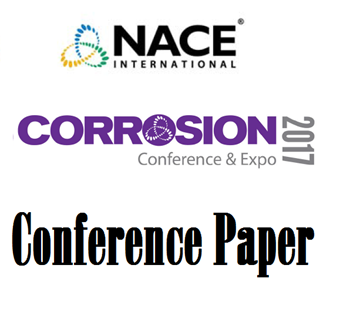Search
Products tagged with 'ac mitigation'
View as
Sort by
Display
per page
The AC Close Interval Survey and Other Common AC Measurement Errors
Product Number:
51317--9455-SG
ISBN:
9455 2017 CP
Publication Date:
2017
$20.00
The Advantages and Challenges of a Direct to Install AC Mitigation Approach: A Case Study
Product Number:
51323-19267-SG
Publication Date:
2023
$20.00
Using DC Decouplers to Maximize Isolation of Cathodically Protected Structures
Product Number:
MECC23-19878-SG
Publication Date:
2023
$20.00



